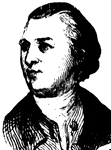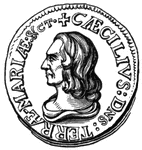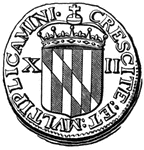The Maryland ClipArt gallery includes 84 illustrations related to the Old Line State.
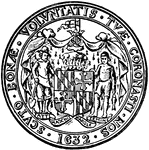
Seal of Maryland
The Great Seal of the State of Maryland. The seal is a shield being held by plowman and a fisherman.…
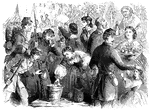
Daughters of Maryland
"How the Daughters of Maryland received the Sons of the North as they marched against the Confederate…

Invasion of Maryland
"The invasion of Maryland- citizens of Baltimore barricading the streets, Monday evening, June 29th,…

Invasion of Maryland
"The invasion of Maryland- General Kilpatrick repulsing the Confederate Stuart at Boonsborough, July…
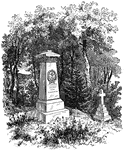
Charles Morris's Monument
Commodore Charles Morris, USN (1784 – 1856) was a U.S. naval administrator and officer whose service…

Oven
"'Fresh Bread!'- Impromptu oven built by the Nineteenth Regiment, New York Volunteers, in General Banks's…

Paper Money, One Ninth of a Dollar Bill, 1775
One Ninth of a Dollar (1/9 dollar) Maryland currency from 1775. No image on bill.

Paper Money, Two Thirds of a Dollar Bill, 1774
Two Thirds of a Dollar (2/3 dollar) Maryland currency from 1774. Image on the right shows a shield with…

Passenger Train
"The first passenger locomotive built in the United States. A year after the Enterprise sailed for India,…

William Pinkney
William Pinkney (March 17, 1764 – February 25, 1822) was an American statesman and diplomat, and the…

Police Headquarters
"Interior of the outbuilding attached to Marshal Kane's Police Headquarters, Holliday Street, Baltimore-…

Recrossing the Potomac
"General Banks's Division recrossing the Potomac from Williamsport, Md., to attack the Confederate army…
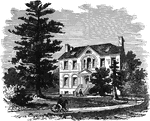
The Pringle House
During the War of 1812, when Cockburn landed in Havre de Grace, he was met by several ladies who had…
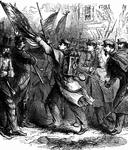
Sixth Massachusetts Regiment in Baltimore
An illustration of the sixth Massachusetts regiment in Baltimore.
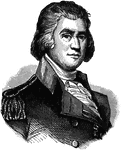
Samuel Smith
Samuel Smith (July 27, 1752 – April 22, 1839) was a United States Senator and Representative from…
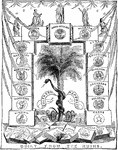
Southern Republic Built from the Ruins
A political cartoon of the Southern states being built from the ruins after the Civil War.
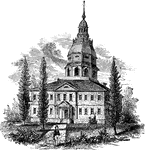
State House, Annapolis, MD
Construction began in 1772 and was not completed until 1779 due to the ongoing Revolutionary War. From…
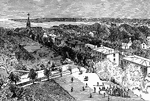
United States Naval Academy, Annapolis, MD - Officer's Row
The United States Naval Academy is an undergraduate college in Annapolis, Maryland, United States, that…

